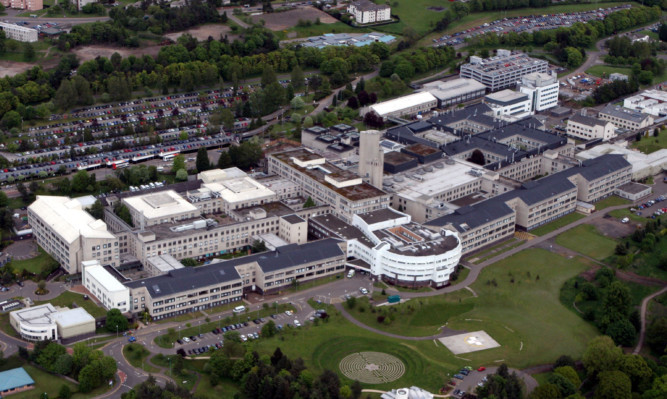Scotland’s top medical adviser has found no evidence to support allegations of manipulation of accident and emergency (A&E) waiting times at Ninewells Hospital.
Chief Medical Officer Dr Catherine Calderwood visited the emergency department in Dundee earlier this week to investigate claims made by a whistleblower.
She reported that care in the hospital is safe and clinically appropriate after meeting with senior management and clinical staff to discuss patient safety and the impact of waiting times targets.
The whistleblower alleged that surgical teams were prevented from seeing patients in order to manipulate A&E waiting time figures and that teams were being bullied and prevented from seeing potentially seriously ill patients.
Speaking after her visit, Dr Calderwood said: “Earlier this week I met NHS Tayside clinicians and undertook a tour of the unscheduled care facilities at Ninewells hospital.
“Following my visit I am satisfied that the principles that underpin NHS Tayside’s emergency department model is patient safety and outcome-focused, and not target-driven.
“There is no evidence to support the allegation that patients are admitted to speciality wards, or speciality doctors are unable to see patients within the emergency department, purely to achieve targets.
“NHS Tayside has also confirmed that surgeons and physicians regularly attend the A&E department to assess patients.
“The hospital has made significant improvements in patient safety including a reduction above the national average in hospital deaths.
“The emergency department team assured me that improved patient waiting times and consistent attainment of the 98% (target) is a by-product of early senior review, decision-making and focused investigations.”
She added: “However, it was apparent that at times the communication between emergency department staff and other speciality teams is not always as good as it could be, which has led to misunderstandings.
“To tackle this, I have suggested several recommendations on the back of my findings.
“This includes improving communication links between consultants from all specialities that have involvement with the emergency department.
“Staff from different departments should meet regularly and these meetings should also be attended by nursing and other staff working between the emergency department and the receiving units.
“Emergency department consultants should also have a participative role in the induction of new medical, nursing and other relevant healthcare staff to ensure understanding of the agreed operational procedures within A&E.”
Dr Calderwood will return to the hospital in six months to ensure her recommendations have been taken forward.
